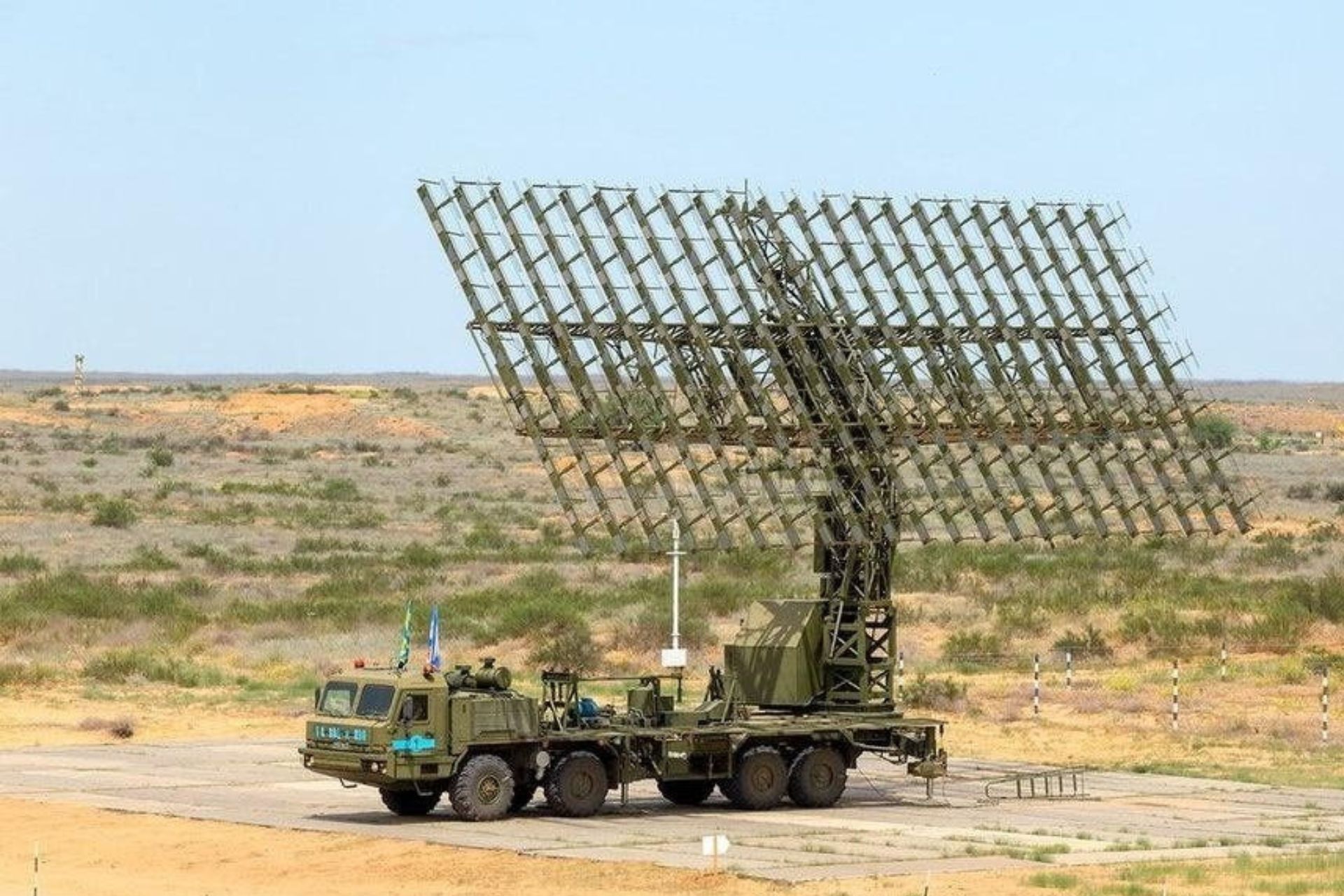Breaking News
Grom-2 Ballistic Missile Equips Ukraine with Long-Range Strike Capability Amid Western Hesitations.
On August 27, 2024, Ukrainian President Volodymyr Zelensky announced the successful test of the first ballistic missile made in Ukraine at the "Ukraine 2024. Independence" forum. This milestone marks a critical advancement in the development of the Grom-2 ballistic missile, a system that raises questions about its potential use against targets deep within Russian territory. This strategic progress comes as Ukraine continues to strengthen its arsenal amid the ongoing conflict with Russia, while Western nations debate the extent of military support to Kyiv.

Grom-1 Ballistic Missile during Military Parade in honor of the Independence Day of Ukraine in 2018 (Picture source: WikiCommons )
Ukraine's missile program, rooted in earlier projects such as the Sapsan, has evolved alongside shifting geopolitical conditions. The Ukrainian defense industry, inheriting Soviet-era infrastructure such as Yuzhmash and the Yuzhnoye Design Bureau, developed the Grom-2 with partial funding from Saudi Arabia, which contributed $70 million between 2016 and 2017. This external assistance, combined with Ukraine’s technical capabilities, enabled the success of this autonomous defense initiative.
The Grom-2 Tactical Operational Missile System (OTRK) stands out for its ability to deliver high-precision strikes over distances of up to 500 kilometers, enabling it to reach strategic targets in Russia, including the Moscow region. Mounted on an all-terrain truck chassis, it has operational mobility across various terrains. This version of the Grom-2 exceeds the initial Grom OTRK’s 280-kilometer range, initially designed to target military installations such as air bases and command centers.
In parallel, Ukraine has implemented a strategy to neutralize Russian surveillance and defense systems to maximize the effectiveness of its cruise missile attacks. This approach was highlighted in recent Ukrainian strikes on Russian mobile Nebo-M radars, which detect ballistic missile threats and fill radar gaps in southern and eastern Ukraine. On October 4, 2024, Ukrainian forces destroyed one of these radars with a U.S.-manufactured ATACMS missile, illustrating Kyiv’s pre-emptive strategy before launching broader attacks. According to the Ukrainian General Staff, about a third of Russia's Nebo-M radar fleet has been affected since the conflict’s escalation, leaving fewer than ten operational units to defend key areas.
The destruction of Nebo-M radars clears the way for strikes by Storm Shadow and SCALP-EG cruise missiles, supplied by the United Kingdom and France, respectively, and launched from modified Su-24 bombers. These missiles demonstrated their precision in previous attacks, such as the 2023 strike on the Russian submarine Rostov-on-Don in Crimea. By disabling radars, Ukraine reduces Russia’s detection and response capabilities, allowing its cruise missiles to penetrate deeper into enemy lines and target strategic objectives.
While Ukraine continues to bolster its autonomous strike capabilities, the question of NATO’s direct involvement in the conflict remains complex. Western nations remain hesitant to provide very long-range weapons, fearing potential Russian retaliation against allied countries. Thus, developing and using domestically produced systems like the Grom-2 offers Ukraine a strategic advantage by reducing NATO’s direct involvement while exerting effective military pressure on Russian infrastructure.

On October 4, 2024, Ukrainian forces destroyed one of Nebi-M radars with a U.S.-manufactured ATACMS missile (Picture source: WikiCommons )
Amid intensified Russian attacks, particularly from regions such as Kursk, Belgorod, and Crimea, Zelensky has continued urging the West to lift restrictions on long-range weapons. Recent Ukrainian operations in these Russian areas underscore Kyiv’s need for long-range offensive systems to deter or respond to Russian strikes. With its precision and autonomy, the Grom-2 could become a critical asset for Ukraine, enabling it to hit key targets in Russia without relying on Western armament.
However, questions remain about Ukraine’s ability to produce and deploy the Grom-2 on a large scale, which would impact its potential effectiveness in the current conflict. The missile requires complex, costly logistics, and Ukraine’s defense industry faces challenges in scaling up production, despite Western support. Furthermore, some reports suggest the Grom-2 may be vulnerable to advanced Russian air defenses, such as the S-400, which could limit its effectiveness against heavily protected targets.
Its range is also a topic of debate, with reports suggesting a reach between 500 and 700 kilometers, though Ukraine aims to develop strike capabilities extending up to 1,000 kilometers. Nevertheless, this range remains lower than some strategic missile systems, potentially limiting Ukraine’s ability to reach deeply embedded targets within Russian territory.


























